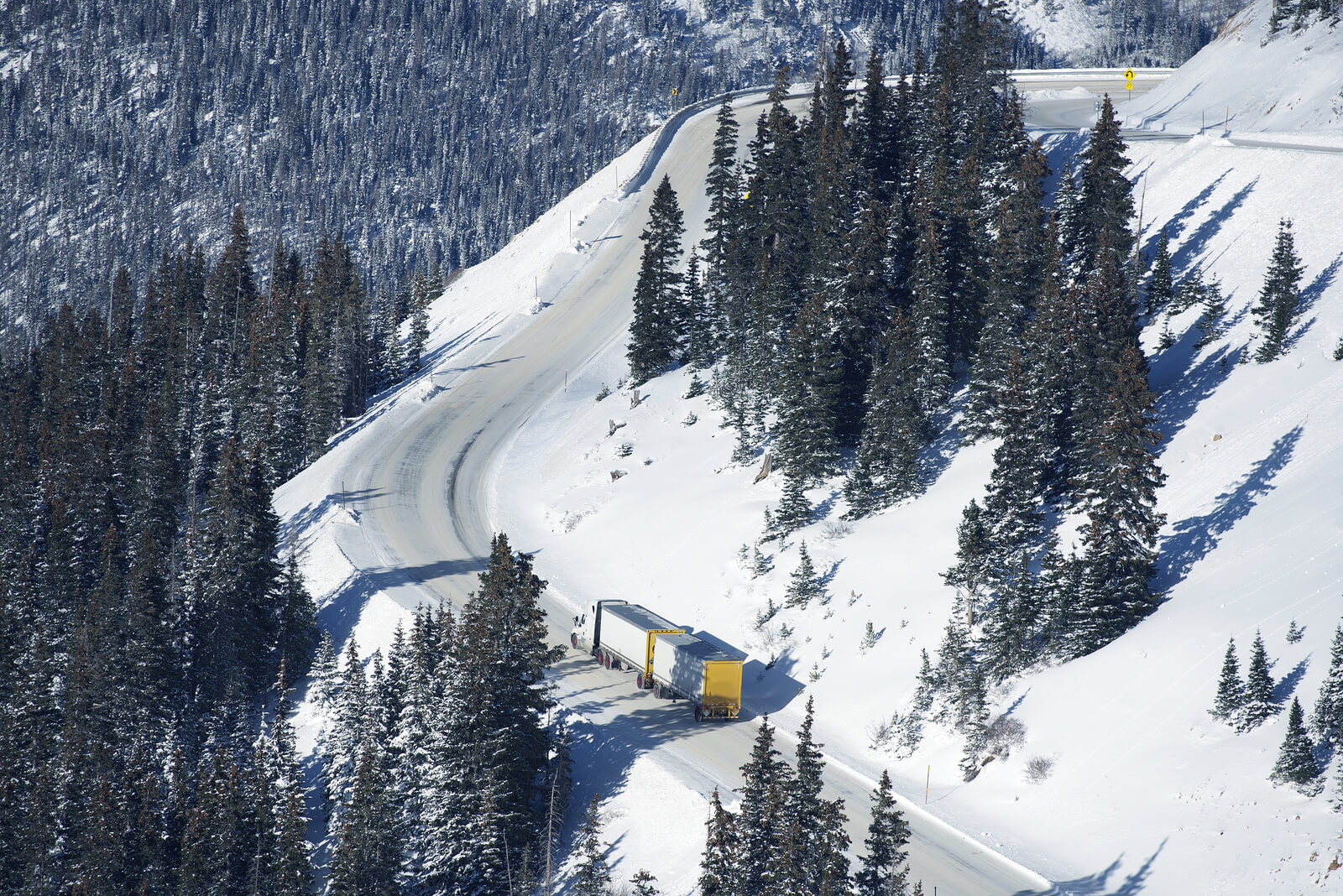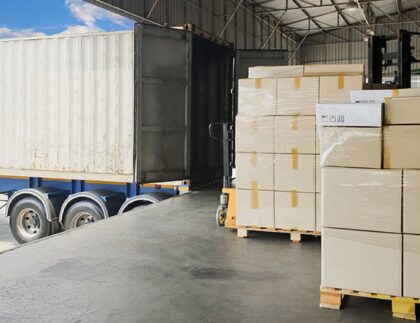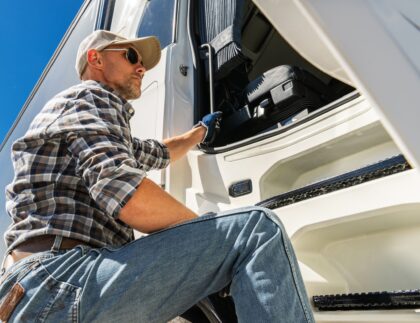
1. Plan Your Trip
Before going on the road, plan your route to your destination. Keep in mind weather permitting conditions. Always keep in mind safety first, and take into consideration that some roads may be closed or too rough to navigate. Its always better to drive through melted snow or a road that has been plowed recently to prevent any accidents or inconveniences. If there is heavy snow keep your speed below 25mph and plan for safe parking places.
2. Pre- Trip Inspection
Before any truck driver gets on the road, they must do a pre-trip inspection on their vehicle. The main purpose for this inspection is for safety standards. The driver must check all important items, including tires, wiper blades, fluids, and lights. Depending on temperature check your vehicle’s fluid.
3. Brake and Accelerate Lightly
Braking or accelerating abruptly in bad weather conditions is very dangerous. When you are accelerating your vehicle do it slowly and try to maintain a safe speed. This will lead to better handling in case of emergency. Observe the speed of other vehicles around you, and maintain a safe following distance in all weather conditions.
4. Slow but Steady
During the winter, most accidents happen due to speeding. In most cases road conditions, don’t permit to accelerate too fast without losing control of your vehicle. Traveling at a slower rate can be the safest thing to do, under those conditions. It also gives you more reaction time in case of any inconvenience or hazard. If you are going over a certain speed is very likely for your vehicle to hydroplane, leading to loss of control. When driving at slow speed and being extra patient help in major ways when. Take as much time as necessary.
5. Keep your Distance
By keeping a safe driving distance at all times, you decrease the chances of accidents with other vehicles, especially in bad weather. Allow yourself enough to have sufficient space in case you need to get off the road or if your truck is sliding. This will help you prevent any harmful situation or accidents.
6. Black Ice
One of the most hazardous things on the winter roads is black ice. Black ice is a transparent thin layer of ice covering sections of the road, when temperature goes below freezing. Remember to do not hit your brakes, keep your sternwheel straight and lift your foot off the accelerator and do not over correct your steering.
7. Elevated Structures
Elevated structures, bridges, and overpasses freeze first due to temperature drop and windy conditions. Many of these roads get treated with salt or sand, but in abrupt conditions they don’t work as well. Reduce your speed and increase your following distance.
8. Obey All Road Signs
Authorities post warning information due to past experiences. These signs help avoid hazardous situations and in most cases, they post information based on upcoming hazardous condition. Respect the signs.
9. In Case You Get Stuck, Stay in Your Truck.
If you get stuck in a winter storm, snow storm, blizzard, or your visibility is minimal. Get off the road and call for assistance. If you are not able to get help stay in your vehicle until further notice or until it’s safe to drive once again. Avoid carbon monoxide poisoning, by keeping your windows slightly open for ventilation and keeping the exhausts pipe clear. Run your truck engine for 10-15 minutes per hour.
10. Judgement
Use your best judgement, in case road conditions are bad, or it has been declared state of emergency. Stay off the roads and be very careful, be prepare to react in all cases of hazardous situations. A smart truck driver is always prepared for the worst-case scenario. Your truck should be equipped with necessary supplies for all driving conditions.









